How to make Vegan Laverbread Lavercakes
How to make a classic Welsh recipe at home using tinned Laverbread!
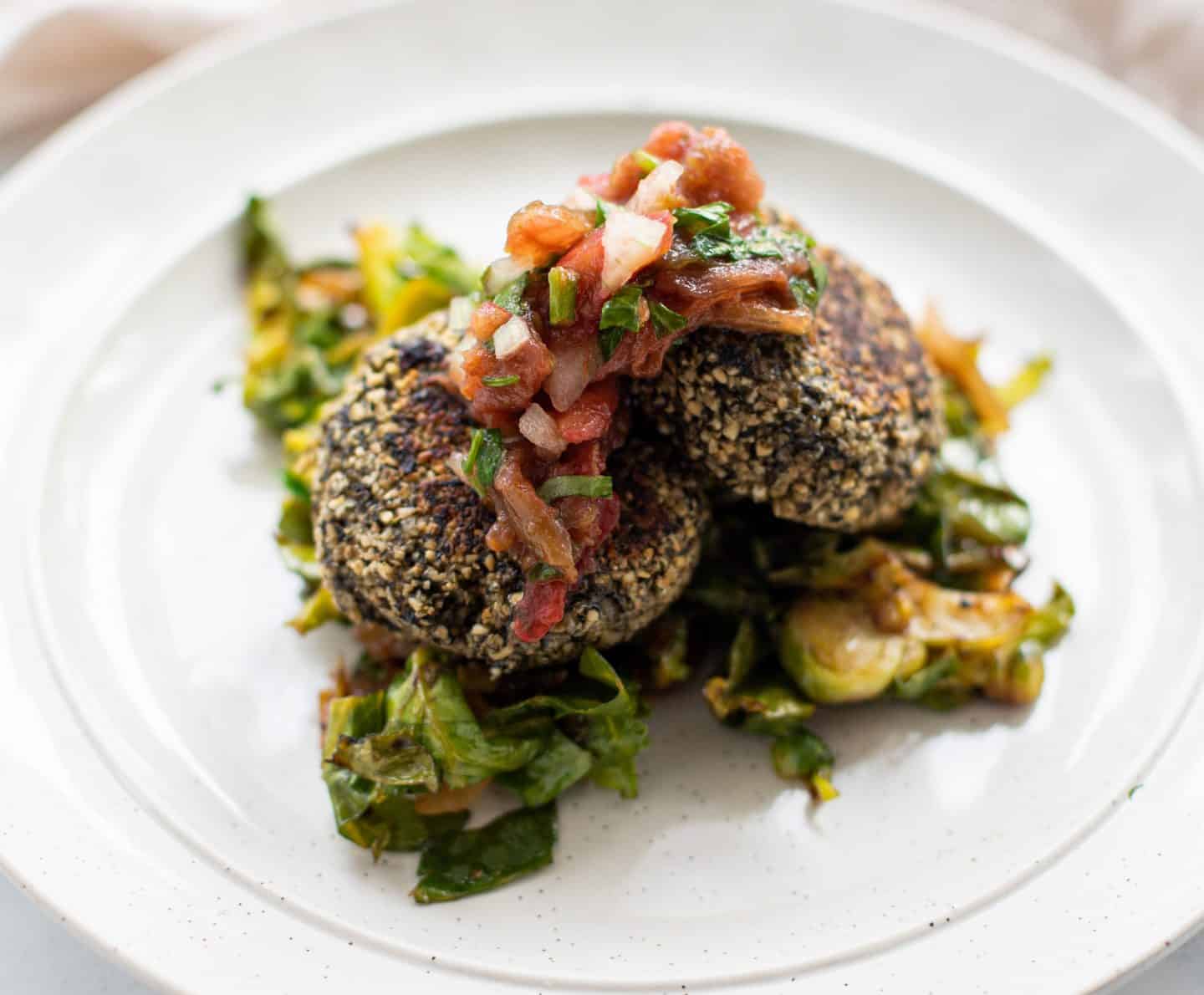
Anyone who has experienced the sheer joy and exhilaration of walking along the beach will be familiar with the ozone, salty smell that accompanies such visits. Maybe you pretended to have been sea monsters by putting seaweed over your hair, running around, gurning madly. Maybe you spent ages popping the seaweed or making sand drawings with washed-up seashells.
I don’t think at any point during those youthful shenanigans that I still partake in when I get the chance to visit the seaside, that I considered eating the seaweed. Gritty with sand and small aquatic life (probably), I can’t say that I have would have thought a fish flavoured vegetable would pique my appetite.
Laverbread is seaweed. I used to think that seaweed was inedible and existed for the plankton only until I tried sushi.
Who would have thought that rice and seaweed (in the form of Nori) could form such a delicious symbiosis? Well, actually, those of us who remember that fish and seaweed cohabit the, uh, sea or ocean.
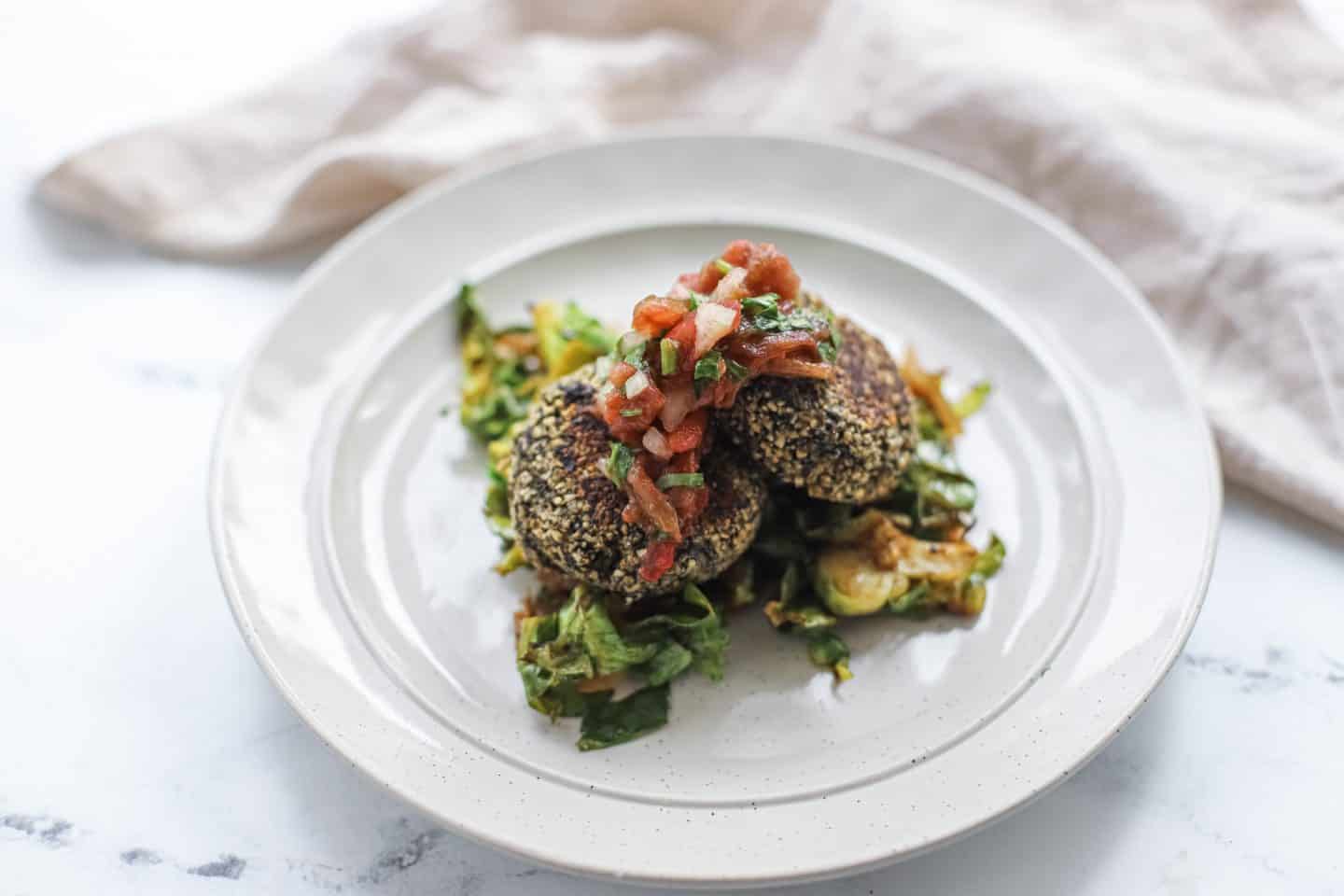
Niggling marine-life semantics aside, I still prefer the tempura selection from Sushi bars to the actual sushi. Regular readers will know that I have an enduring love affair with deep frying that I try to keep restrained to a once-a-month treat, lest my cholesterol should start kicking up a fuss and causing strokes and other unpleasantries.
However, I humour my desire for deep-fried food with the occasional consumption of shallow fried food. I know, it actually sucks up more fat than deep frying but if I use olive oil, it’s a little bit better, right?
Table of Contents
What is Laverbread?

But I digress wildly. We were talking about Welsh delicacy Laverbread. Specifically, Laver is a seaweed found clinging to sand embedded rocks on the Western Coast of Britain. Because the harvesting of the Laver is time-consuming it is not a cheap delicacy, yet it does not wear that badge of sophistication that its more desirable culinary sea buddies, caviar and smoked salmon have worn for years with snooty pride.
Admittedly, when you first open the tin of Laverbread, to be faced with very, very dark gunge that probably resembles a Gila monsters brain, it could prove to be a little off-putting. A tentative tip of the finger taste reveals a non-fishy but marine-salty flavour tinged with that ferrous iron tang that you get with spinach or curly kale or spring greens.
It is not something I would want to eat straight from the tin, in the same way that I don’t particularly like any cooked vegetable served cold from the tin (with the exception of sweetcorn which I can eat with joyous abandon) but according to the labelling, it is referred to as Welsh caviar (See! It did get its badge of sophistication!), to be served on warm blinis or Melba toast.
It is used in risotto, or is simply heavily seasoned with orange and lemon juice (with which it has a natural affinity) and served as a vegetable. It could be used instead of spinach in lasagne or as a slightly wacky filling for ravioli. In Wales and Devon it is just served alongside another seaside favourite, cockles. The possibilities for humble Laverbread, it would appear, are endless.
The good news about Laverbread is that restaurants are starting to use this nutritious (it is high in iron, protein and vitamins B2, A and C) little sea green more and more. In a fascinating twist, dried purple laver becomes Nori, and is a great source of vitamin B12.
The recipe I was interested in replicating was Laver Cakes, the most traditional and tasty way of serving this green gungy sea veg.
How do you make Lavercakes?
Laver Cakes are very easy to make but you have to mix the Laver with some oatmeal first otherwise you’ll end up with a huge sticky goo in the pan and on your hands and that would just be disastrous.
I highly recommend that you use raw pinhead oatmeal which adds a much better texture to the laver cakes than rolled oats.
Assuming that you are unable to source fresh Laver, straight from the slippery, wind and sea thrashed rocks of Coastal Wales, all of the hard work will have already been done for you. The endless rinsing and boiling of the Laver is not yours to worry about. All you need is a can opener and a desire to try new and unusual products.

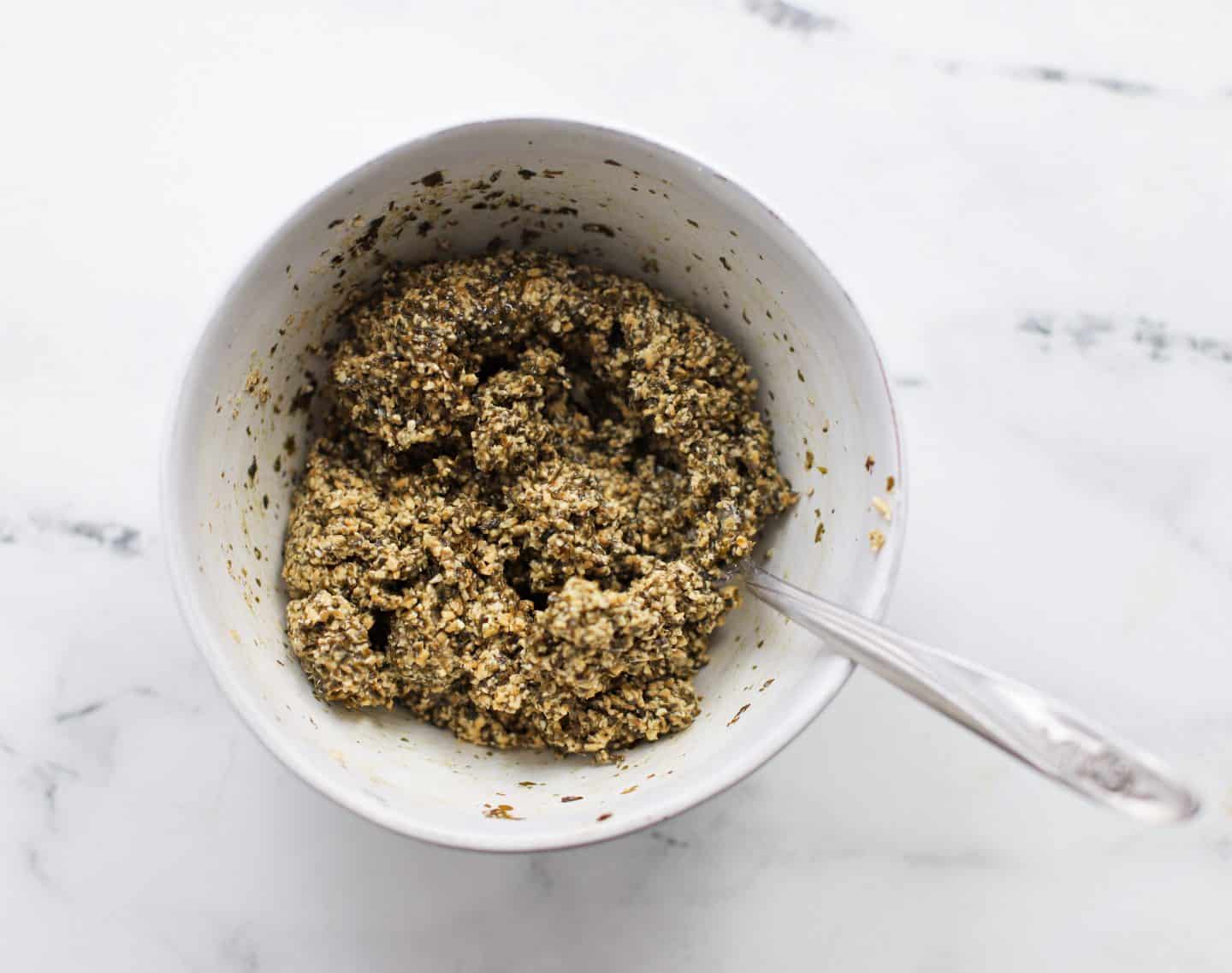

I served these crisp little rissoles, which when cooked take on an almost egg-yolk taste, with shredded brussels sprout tops and a simple tomato salsa. The cakes are incredibly rich. I made six, using the whole tin and I could only manage to eat two.
Ingredients
- A tin of Laverbread
- Pinhead oatmeal (raw)
- Lemon Juice
- Seasoning
This is ONLY a list of ingredients for the recipe; please see recipe card below for complete printable recipe.

And if you have found yourself foraging on a holiday in Wales, you can try preparing your own laverbread.
Try my other delicious vegan dishes
Welsh Lavercake Recipe

Ingredients
- 200 g Laverbread - tin, available here in the UK
- 70 g Oatmeal
- Tablespoon Lemon Juice
- Salt and Pepper
- 2 tbsp Vegetable Oil for frying
Instructions
- In a bowl, mix together the Laverbread, Oatmeal, Lemon Juice and Seasoning.
- Heat your oil in a shallow frying pan.
- Form the mixture into small patties or rissoles and drop into the hot vegetable oil.
- Cook over medium-high heat (too high and the oatmeal will burn very quickly and taste disgustingly acrid) on both sides until golden brown and crisp.
- Drain on kitchen towel and serve.
Please note that where the recipe asks for milk, butter or yogurt, this refers to any plant-based version that you prefer.





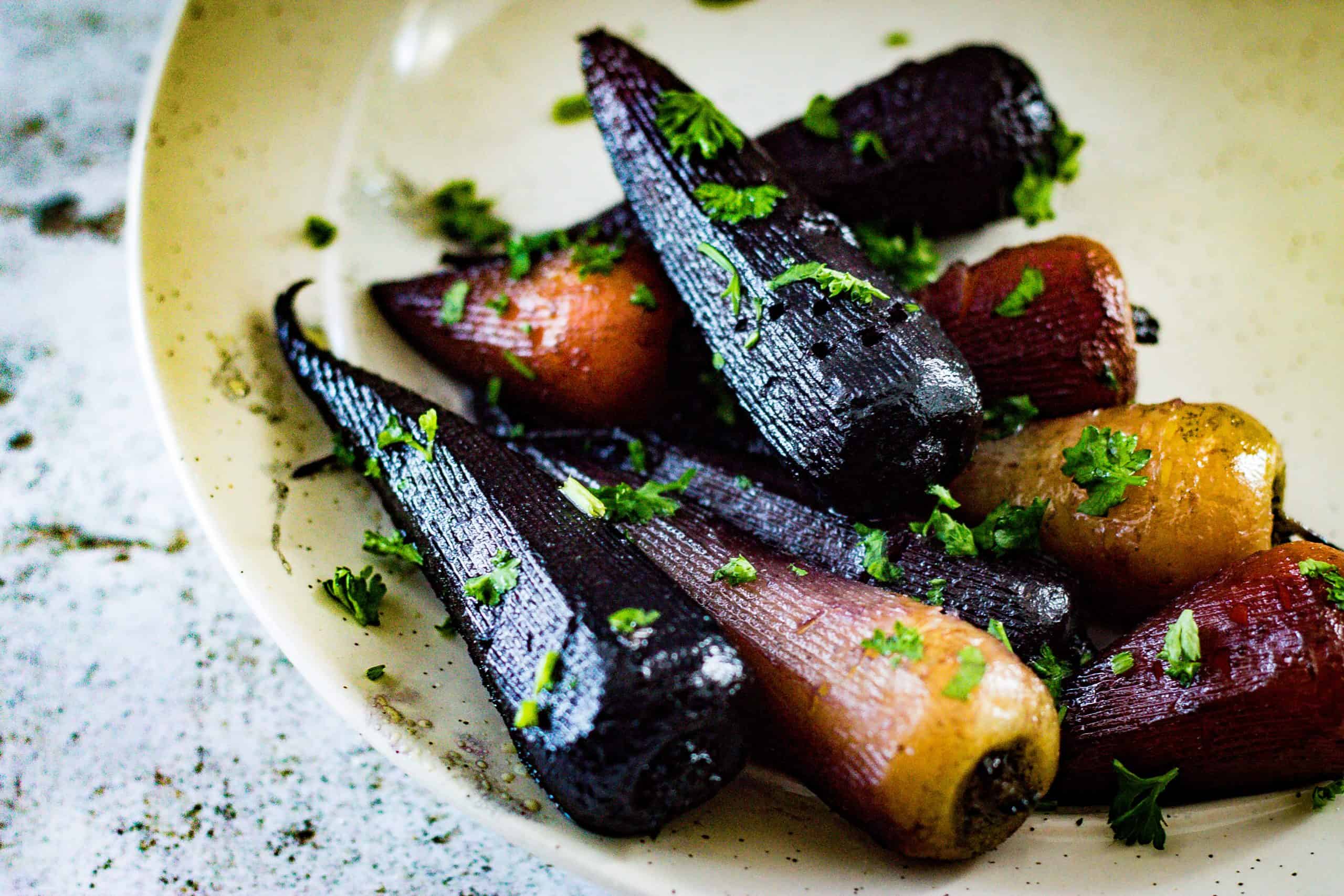
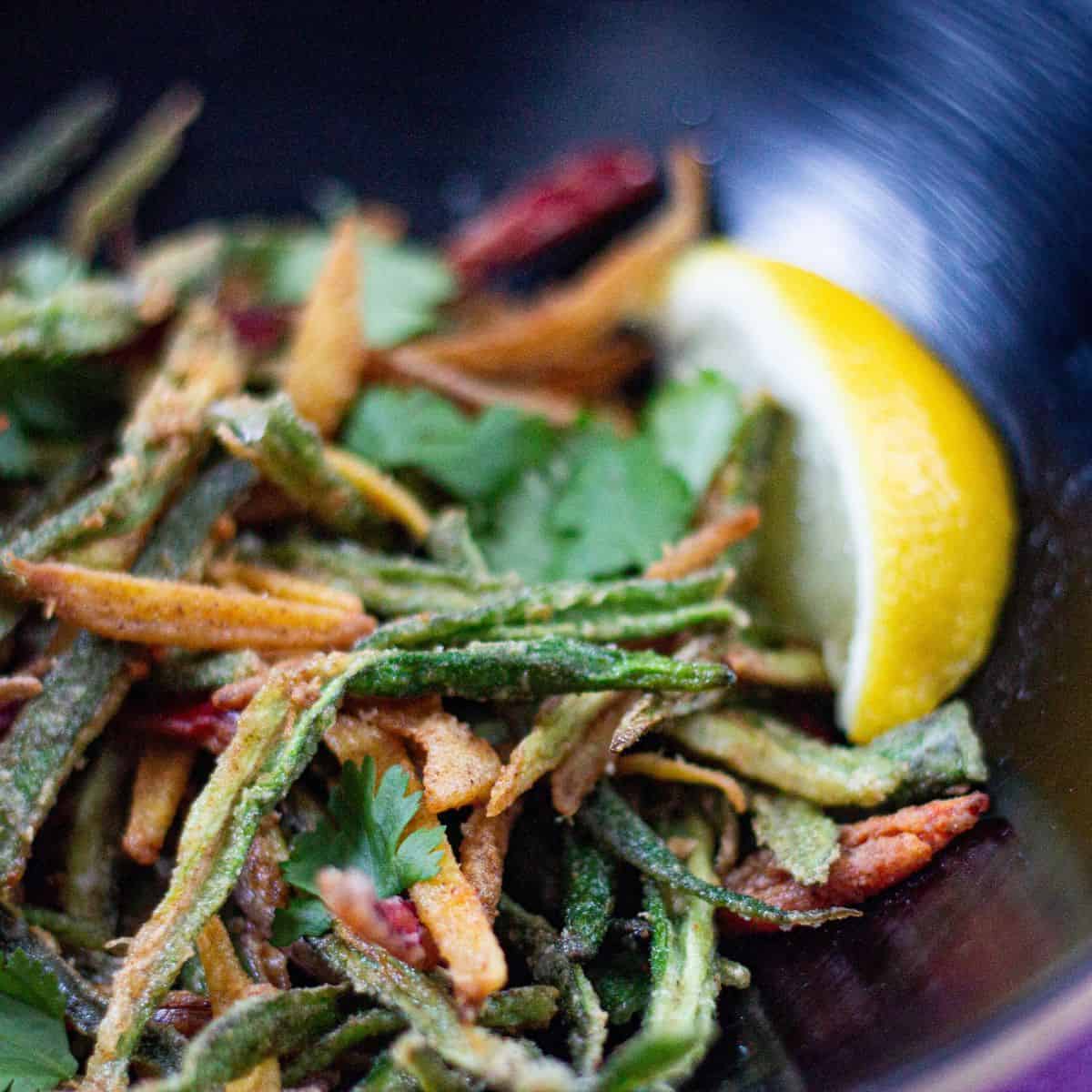
Wow! this looks so unique.:) Can’t wait to have this Vegan laverbread! Thanks.:)
Love this! This lavercake was so delicious and such a fun recipe to make!
thanks for the step by step instructions – you make it look so easy!
This was such a fun read on something I never heard of before. I always appreciate reading about food from other countries to see what I am missing out on.
Poping by to say I always learn so many new things from your blog including this yummy concoction!
When you say oatmeal in the recipe, do you mean cooked oatmeal? Or raw oats?
Thanks for the question, I mean raw oats. I will amend the recipe to reflect this.